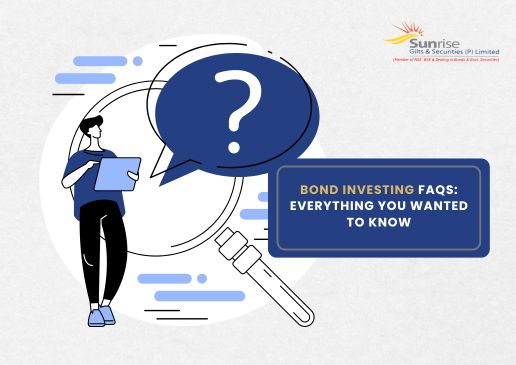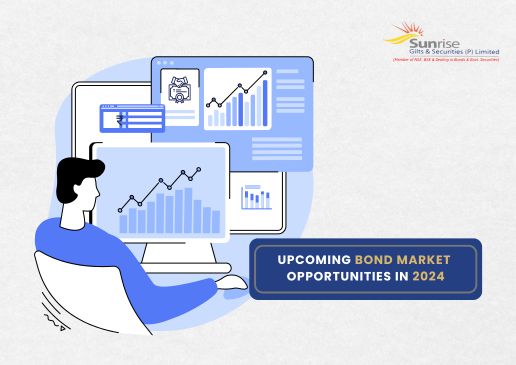
How to Predict Bond Market Trends Like a Pro
Predicting bond market trends can seem daunting, but with the right tools, knowledge, and approach, even novice investors can make informed decisions. Understanding how interest rates, economic indicators, and market sentiment influence bond prices can give investors an edge. Here's how to predict bond market trends like a pro:
1. Monitor Interest Rates and Central Bank Policies
Interest rates are one of the most significant factors influencing the bond market. When central banks like the Reserve Bank of India (RBI) or the U.S. Federal Reserve change interest rates, it directly impacts bond yields and prices.
Why It’s Important:- Inverse Relationship with Bond Prices: Bond prices fall when interest rates rise and rise when rates fall. Higher-yielding new bonds make older ones less attractive.
- Central Bank Signals: Watch monetary policy announcements. Hints of tightening or loosening signal future market moves.
- Track Central Bank Statements: Read statements, reports, and speeches, especially after policy meetings, for clues on inflation and rate direction.
- Watch the Yield Curve: A steep curve suggests rising rates; a flat or inverted curve may indicate falling rates or recession.
2. Watch Inflation Data and Economic Indicators
Inflation is another major factor in bond pricing. High inflation often leads to higher interest rates, reducing bond prices, while low inflation can boost bond prices.
Why It’s Important:- Inflation Erodes Returns: Fixed coupon payments lose value with rising inflation, causing bond yields to rise and prices to drop.
- Economic Data: Indicators like GDP, unemployment, and consumer spending offer insights into inflationary pressures.
- Follow Inflation Reports: Track CPI and WPI to understand inflation trends.
- Monitor Economic Indicators: Employment and growth data can signal rising or falling inflation and impact yields.
3. Understand the Yield Curve
The yield curve shows bond yields across different maturities and is a strong predictor of economic trends.
Why It’s Important:- Normal Curve: Long-term yields higher than short-term yields; signals economic growth.
- Inverted Curve: Short-term yields exceed long-term; potential recession signal.
- Flat Curve: Indicates uncertainty or economic transition.
- Watch for Inversions: May signal slowdown and prompt shift to long-term bonds.
- Look for Steepening: Suggests strong growth expectations; long-term bond prices may fall.
4. Follow Market Sentiment and Risk Appetite
Investor confidence greatly affects the bond market. Safe-haven assets like bonds see more demand in uncertain times.
Why It’s Important:- Risk Sentiment: Fear drives bond demand; optimism reduces it.
- Credit Risk and Spreads: In risky times, corporate bond spreads widen; in stable times, they narrow.
- Monitor Global Sentiment: Geopolitical or economic instability drives bond demand.
- Watch Credit Spreads: Widening suggests risk aversion; narrowing indicates optimism.
5. Keep an Eye on Bond Ratings and Credit Risk
Corporate bond ratings directly affect bond prices and risk premiums.
Why It’s Important:- Downgrades: Signal higher risk; bond prices typically drop.
- Sensitivity: Lower-rated bonds react more to interest rate changes.
- Track Ratings: Watch agencies like S&P, Moody’s, and Fitch for changes.
- Assess Financial Health: Look at company earnings, debt levels, and profitability.
6. Track Global Economic and Political Events
Global events like trade tensions or political changes can influence bond markets worldwide.
Why It’s Important:- Global Trade and Supply Chains: Disruptions drive investors to safety.
- Political Instability: Elections or regulatory changes can cause market volatility.
- Stay Updated: Track global economic and political developments.
- Watch Emerging Markets: Crises in large emerging economies can affect global yields.
Conclusion
Predicting bond trends requires understanding interest rates, inflation, economic indicators, sentiment, credit risk, and global events. With consistent tracking and analysis, investors can anticipate market movements and make smart investment decisions. Data and macroeconomic awareness are key to navigating the bond market like a pro.

















